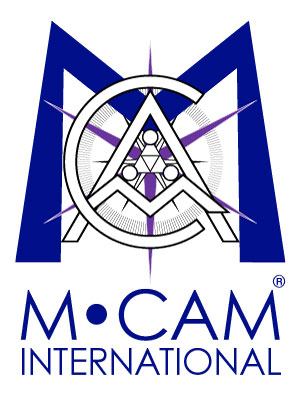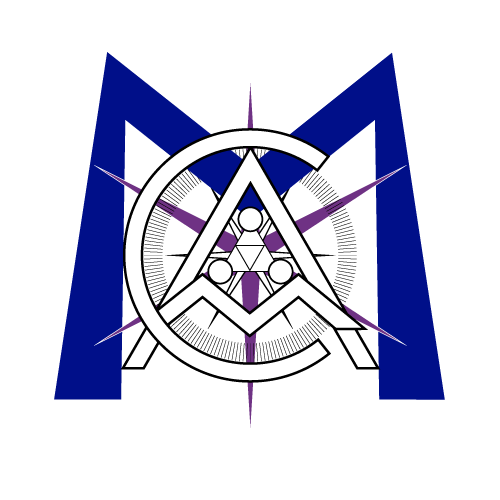PUBPAT News: Wisconsin Group Eases Stem Cell Patent Restrictions After FTCR – PUBPAT Legal Challenge
Date: Tue, 2007-01-23
Dr. David E. Martin January 23, 2007
WISCONSIN GROUP EASES STEM CELL PATENT RESTRICTIONS AFTER FTCR – PUBPAT LEGAL CHALLENGE
Santa Monica, CA — January 23, 2007 — Policy changes announced today that ease licensing requirements on human embryonic stem cell patents held by the Wisconsin Alumni Research Foundation (WARF) are a step in the right direction, but don’t go far enough the Foundation for Taxpayer and Consumer Rights (FTCR) said.
FTCR and the Public Patent Foundation have challenged the validity of three WARF patents (U.S. Patents Nos. 5,843,780, 6,200,806, and 7,029,913) and the U.S. Patent and Trademark Office has begun re-examination proceedings on each. WARF clearly softened its position on the patents as a result of this challenge, FTCR said.
“WARF’s action demonstrates that their previous stance was indeed detrimental to stem cell research in the United States,” said John M. Simpson, FTCR Stem Cell Project Director. “While I welcome this step forward, the best thing would be for WARF to abandon its claims to these over-reaching patents that are recognized nowhere else in the world.”
WARF said it would allow industry-sponsored research at academic and non-profit institutions without a license; allow easier and simpler cost free cell transfers among researchers and would not require a license or agreement from California’s taxpayer-funded stem cell research program. Further, WARF said it did not expect California’s program to pay any portion of revenues it receives from research it funds.
Californians have approved a $6 billion state-funded stem cell research program to be run by the California Institute for Regenerative Medicine.
“This change in licensing policy ignores the underlying fact that WARF’s patents are wholly without merit because James Thomson did not — in fact — invent human embryonic stem cells,” said Dan Ravicher executive director of the Public Patent Foundation. “The right thing for WARF to do is admit that it doesn’t deserve the patents and abandon them in their entirety.”
The patents are now being re-examined by the U.S. Patent and Trademark office. In July FTCR and the Public Patent Foundation filed requests for re-examination and charged that WARF was hindering stem cell research in the United States and driving some efforts overseas. Dr. Jeanne Loring, a stem cell researcher at the Burnham Institute filed a statement in support of the re-examination request.
“This change in policy is a step in the right direction and academic scientists will be pleased that they can collaborate with other scientists without interference from WARF,” said Loring. “But a change in licensing policy of the human ES cell patents doesn’t solve the fundamental problem that the patents should not have been issued in the first place.”
The Foundation for Taxpayer and Consumer Rights is California’s leading non-profit and non-partisan consumer watchdog group. For more information, visit FTCR on the web at http://www.ConsumerWatchdog.org.
FTCR’s stem cell information page is located at http://www.stemcellwatch.org/.
Copies of the challenges filed by FTCR and PUBPAT against the three WARF patents can be found at http://www.pubpat.org/warfstemcell.htm.


Sorry, the comment form is closed at this time.